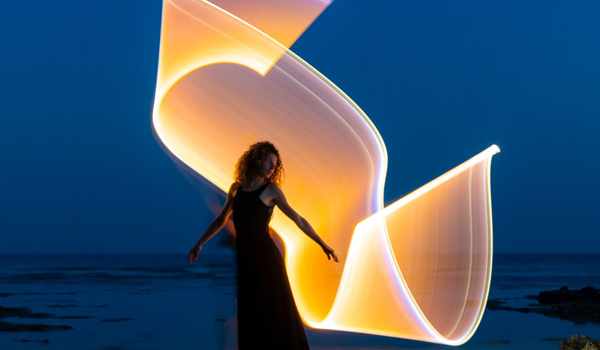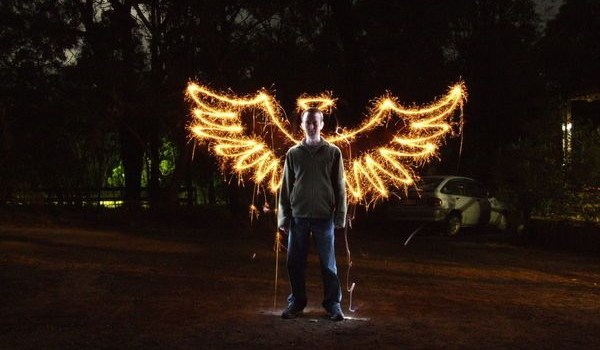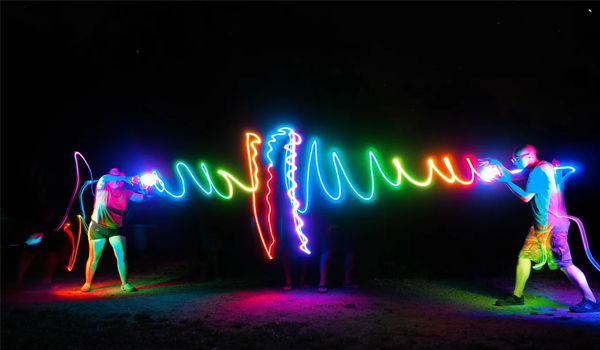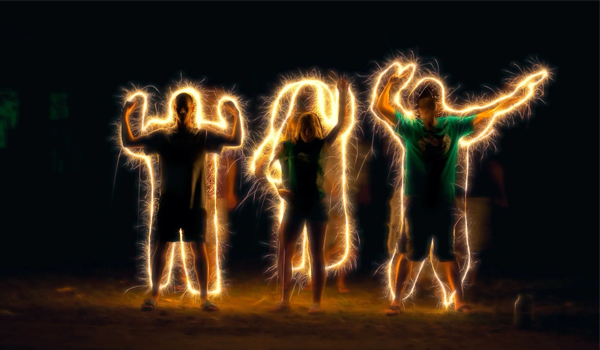What is light painting? Light painting is a fascinating photography technique that involves using a moving light source to “paint” within a scene while capturing a long exposure photograph. Unlike traditional photography, where the focus is often on capturing a single moment in time, light painting allows photographers to create dynamic and unique images that blend light, motion, and creativity. This technique opens up a world of artistic possibilities, enabling photographers to produce stunning visuals that are as much about the process as they are about the final image.
The key to successful light painting lies in controlling the exposure and movement within the frame. By using long exposure times, typically ranging from a few seconds to several minutes, the camera sensor captures the entire path of the moving light source, resulting in trails of light that form shapes, patterns, or even complex images. This technique can be used in various settings, from pitch-black rooms to outdoor night scenes, offering endless creative opportunities.
Whether you’re a beginner or an experienced photographer, understanding the basics of light painting can transform your approach to photography. It’s not just about capturing light; it’s about crafting a scene, experimenting with different light sources, and embracing the unpredictability that comes with this artistic method.
Techniques in Light Painting
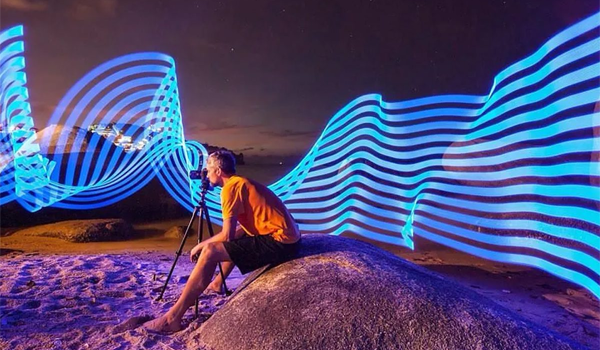
To truly master light painting, it’s important to explore the various techniques available, each of which can yield vastly different results. From basic methods suitable for beginners to advanced approaches that require precision and practice, the techniques in light painting are as varied as they are exciting.
Basic Techniques
For those new to light painting, starting with basic techniques is essential to building a strong foundation. One of the simplest and most popular methods is light drawing, where you use a small light source, such as a flashlight, to “draw” shapes, words, or patterns in the air. The key here is to keep the light moving steadily to create smooth, continuous lines in your final image.
Another fundamental technique is illuminating objects, where you selectively light specific areas of a scene during a long exposure. This method is particularly effective in dark environments, allowing you to highlight parts of the scene while leaving the rest in shadow, creating a dramatic contrast. Beginners are encouraged to experiment with different light sources and movements to discover the unique effects each can produce.
Advanced Methods
As you gain confidence with the basics, you can explore more advanced light painting methods that push the boundaries of creativity. One such technique is kinetic light painting, which involves moving the camera itself rather than the light source. By rotating or zooming the camera during a long exposure, you can create abstract patterns and distortions that add a dynamic element to your images.
Another sophisticated approach is steel wool spinning, where burning steel wool is spun rapidly to create a shower of sparks. This method requires caution and proper safety measures but can result in spectacular visuals that are both powerful and mesmerizing. Additionally, the use of light stencils and physiograms—circular patterns created by swinging a light source attached to a string—can add further complexity and artistry to your light painting repertoire.
Mastering these techniques takes time and practice, but the results are well worth the effort, allowing you to create truly one-of-a-kind images that stand out in the world of photography.
